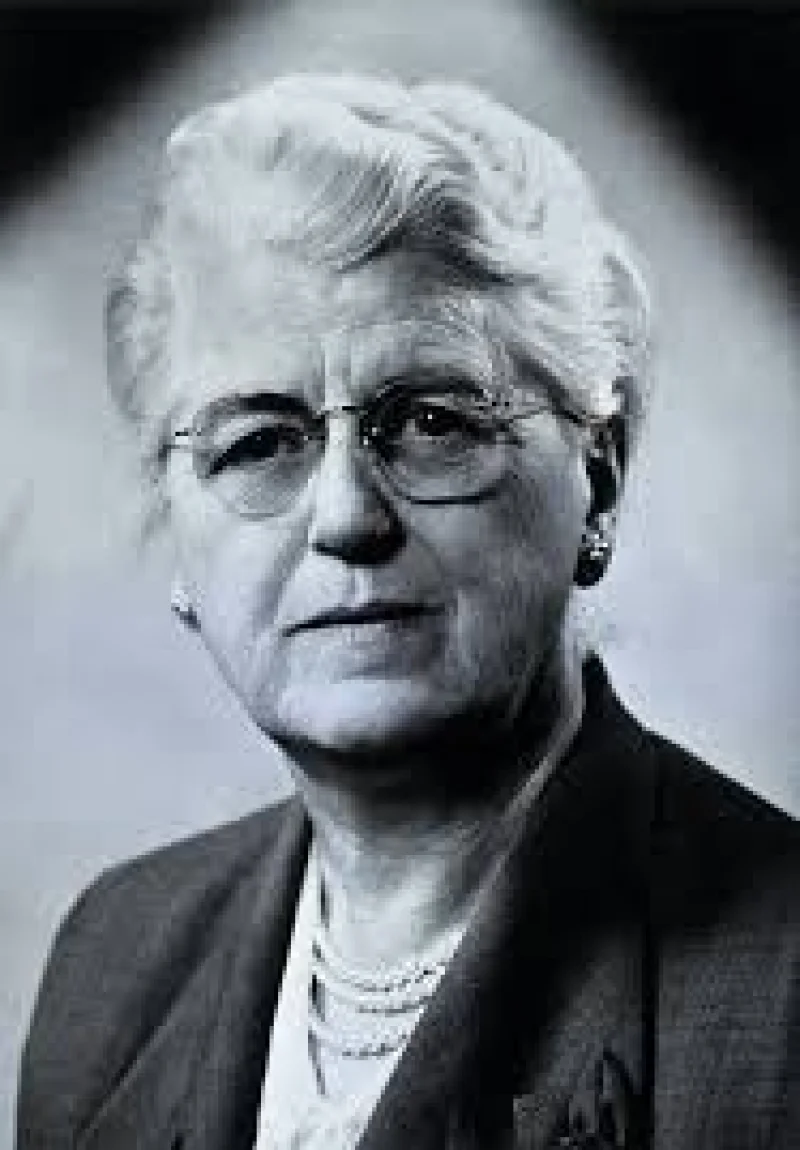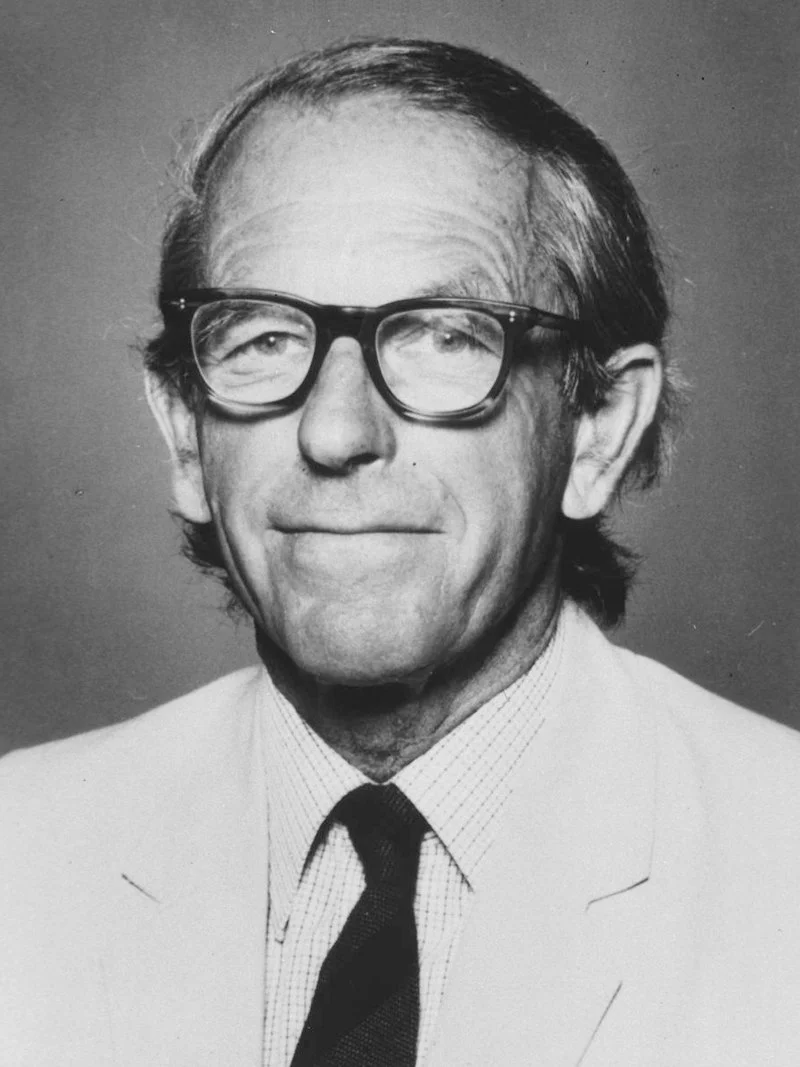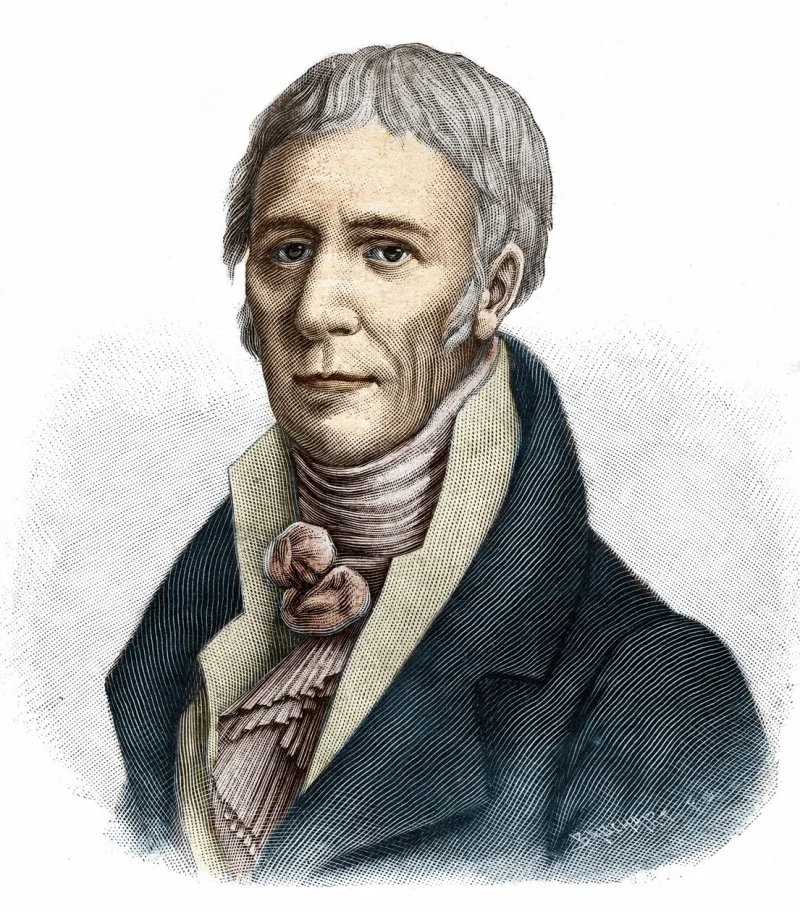Short Summary
Pearl Kendrick was a pioneering American bacteriologist renowned for her work in developing the first successful whooping cough vaccine. Her contributions significantly reduced the incidence of this life-threatening disease in children. Throughout her career, she was a dedicated scientist committed to public health and the advancement of medical research, leaving a lasting legacy in the field of bacteriology.
Early Life & Education
Pearl Kendrick was born on August 24, 1890, in Wheaton, Illinois. She was raised in a supportive family that valued education and intellectual curiosity. Kendrick pursued her early education in the local school system, where she developed an interest in science and medicine. She attended Syracuse University, earning her undergraduate degree in 1914. Motivated by a desire to make a difference in public health, she furthered her studies and obtained a master's degree in bacteriology from the University of Michigan. Her education laid the foundation for her future groundbreaking work in bacterial research and vaccine development.
Career Highlights
Pearl Kendrick began her distinguished career at the Michigan Department of Health in 1917, where she worked as a bacteriologist. It was here that she met her future collaborator, Grace Eldering. Together, they embarked on a mission to combat the devastating effects of whooping cough, which was a leading cause of death among children at the time. In the early 1930s, Kendrick and Eldering developed the first effective vaccine against Bordetella pertussis, the bacterium responsible for whooping cough. Their work was groundbreaking and led to the widespread immunization that drastically reduced the disease's prevalence.
Major Achievements
- Developed the first successful whooping cough vaccine, significantly reducing child mortality rates.
- Played a crucial role in establishing standardized protocols for vaccine development and testing.
- Pioneered collaborative research efforts with Grace Eldering, influencing future scientific partnerships.
- Contributed to public health policies that promoted widespread immunization programs.
Famous Quotes
- "The health of our children is a responsibility we must all share."
- "Science holds the key to a future free from preventable diseases."
Interesting Facts
- Kendrick and Eldering conducted their vaccine research during the Great Depression, showcasing their dedication despite limited resources.
- She was a strong advocate for women in science, mentoring many young female scientists during her career.
- The whooping cough vaccine they developed was one of the first to be combined with diphtheria and tetanus vaccines, forming the DTP vaccine.
- Kendrick's work contributed to the establishment of the Centers for Disease Control and Prevention (CDC).
- She received numerous awards and honors for her contributions to science and public health.
Legacy / Influence
Pearl Kendrick's work in bacteriology and vaccine development had a profound and lasting impact on public health. Her pioneering efforts in creating the whooping cough vaccine not only saved countless lives but also paved the way for future vaccine innovations. Her commitment to scientific excellence and public health advocacy continues to inspire researchers and public health professionals around the world.
FAQ
Q: Why is Pearl Kendrick famous?
A: Pearl Kendrick is famous for developing the first successful whooping cough vaccine, significantly reducing the disease's impact on children.
Q: What was Kendrick's major contribution to science?
A: Her major contribution was the development of the whooping cough vaccine, which greatly reduced child mortality from the disease.
Q: Did Pearl Kendrick work alone on the whooping cough vaccine?
A: No, she worked collaboratively with Grace Eldering and other researchers to develop the vaccine.
Q: What is Kendrick's legacy in public health?
A: Her legacy includes the successful implementation of widespread immunization programs that have saved countless lives worldwide.












